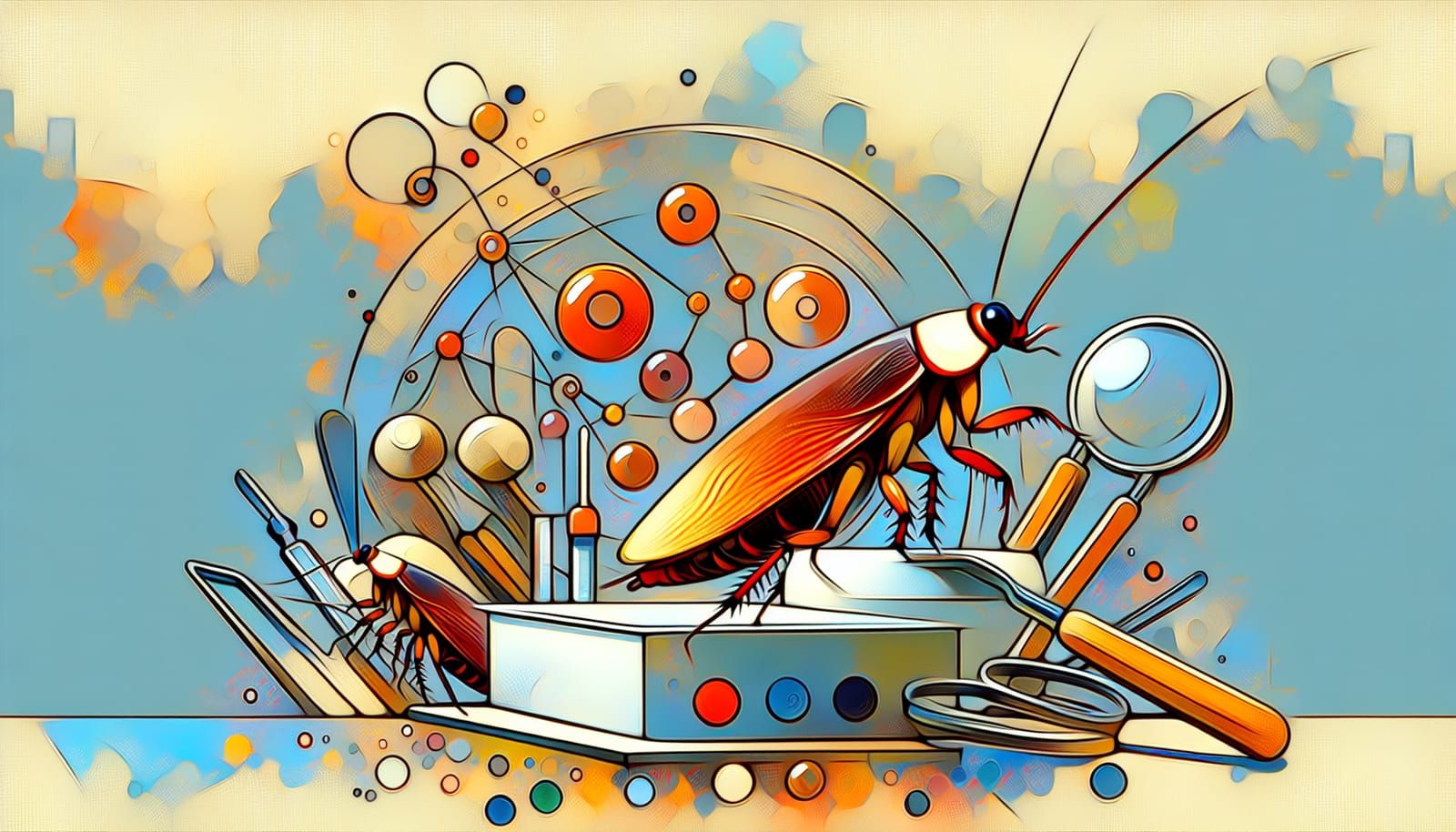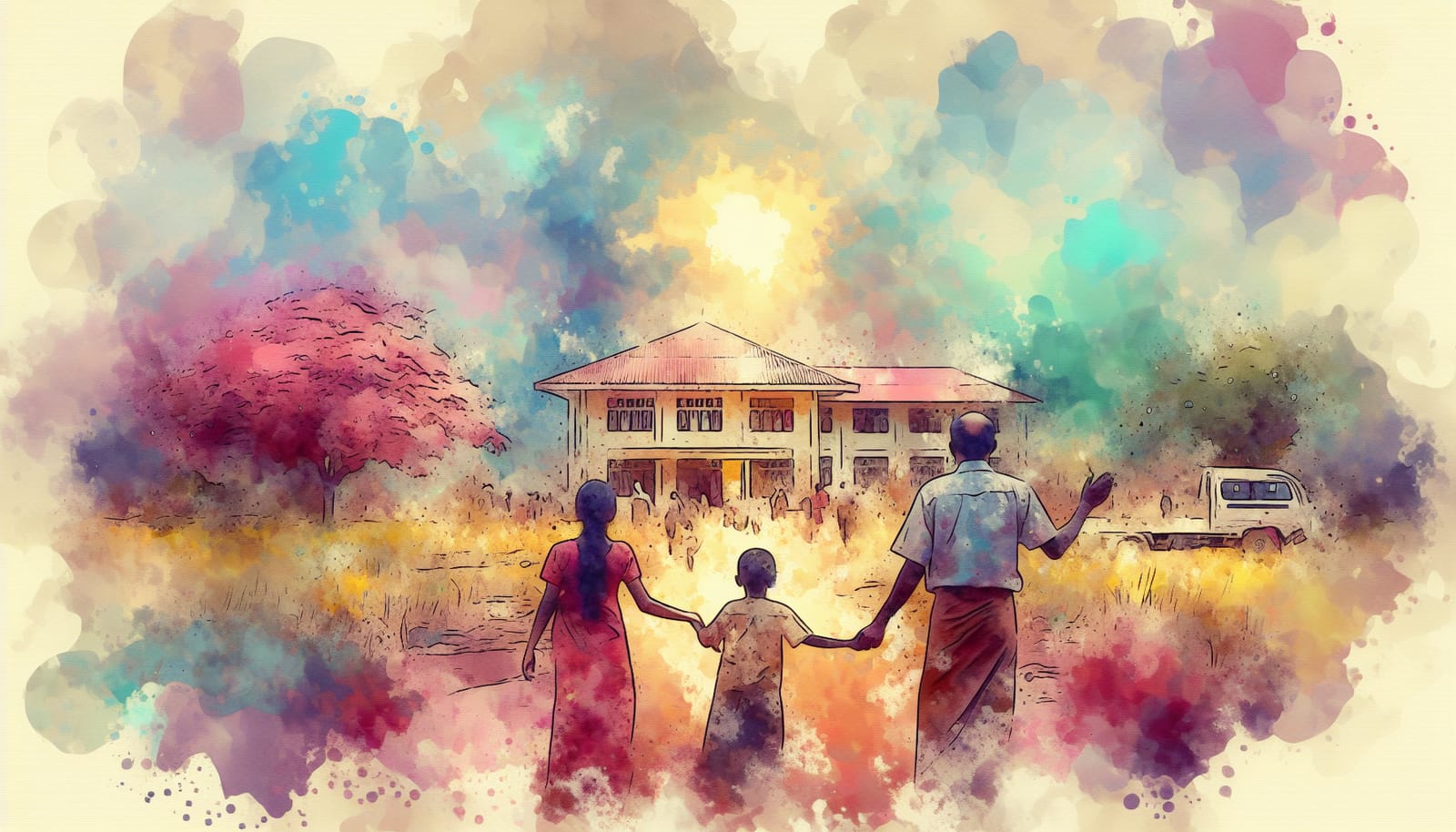Picture a remarkable scene: a brave little beetle, just three inches long, navigating through the debris of a collapsed building, finding its way to those in need and even delivering essential medicine. This inspiring vision comes to life through the innovative work of Lachlan Fitzgerald, a research assistant at the University of Queensland.
Fitzgerald and his team are making incredible strides in the field of biorobotics. They are exploring the potential of giant burrowing cockroaches to assist in urban disasters, where human access becomes challenging due to dangerous conditions. By carefully placing one of these remarkable creatures in an ice bath and attaching a small circuit board to its back, they are paving the way for a future filled with hope and safety.
He shares an exciting outlook: “We see a future where after an urban disaster like an earthquake or a bombing, where humans can’t safely access the disaster site, being able to send in a bunch of cyborg beetles to navigate the disaster zone quickly and efficiently.” This innovative approach could redefine rescue operations in the aftermath of calamities.
In their lab, Fitzgerald and his dedicated team are perfecting biohybrid technology. By sending electrical pulses to the antennae of these insects, they can guide their movements with precision. Fitzgerald highlights the unique adaptability of insects, stating, “Insects are so adaptable compared to an artificial robotic system, which has to perform so much computation to be able to deal with all these different scenarios that might get thrown at it in the real world.” This adaptability positions these tiny creatures as invaluable allies in emergency situations.
The researchers are part of a growing community passionate about biohybrid research, which encompasses fascinating projects like bionic jellyfish and microrobots controlled by mushrooms. Fitzgerald acknowledges the importance of animal welfare as this field progresses, reassuring us that their methods do not cause undue stress to the cockroaches. He notes, “My giant cyborg cockroaches have the same life expectancies as backpackless beetles.”
In light of the positive impact this technology could have, Fitzgerald expresses his optimism: “I don’t think they mind, per se. I think the potential for this technology to save lives in an urban disaster… really outweighs any kind of hesitancy you might have towards the field.”
This forward-thinking research is not just about innovation; it’s about harnessing nature's adaptability for the greater good, bringing hope and assistance to those in need during challenging times.
This inspiring journey into the world of biohybrid technology was originally featured in The 2025 Technology Edition of the Goodnewspaper.


